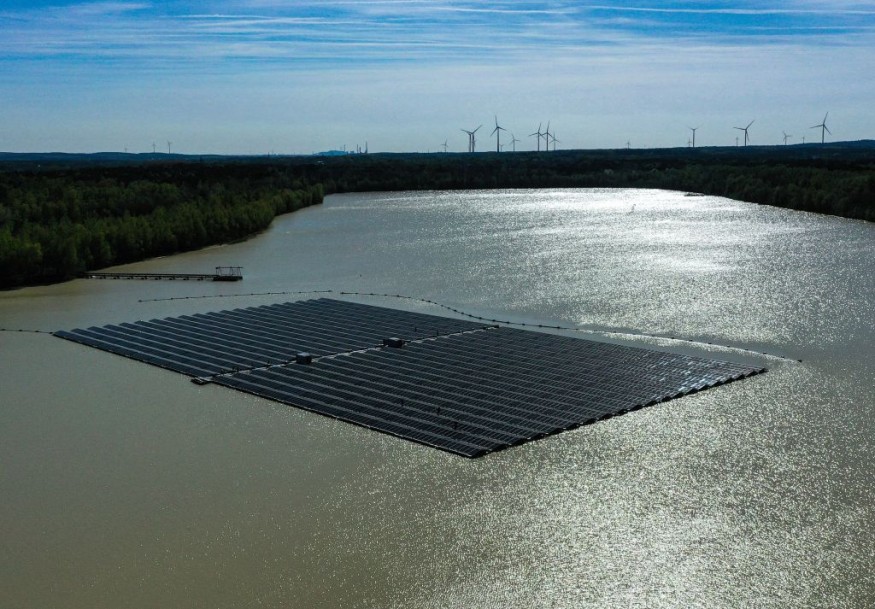Renewable energy has been increasing in importance over recent years as the world's limited natural resources, such as power supplies and fuel, continue to decline amid a population spike and globalization.
An energy crisis has been reported in some countries, placing the burden on both policymakers and scientists alike.
In the latest development concerning the issue, a ground-breaking study allowed a scientific team led by energy researchers from the University of Minnesota Twin Cities to invent a so-called "chameleon metal," which can potentially address the energy crisis.
Energy Research

In a new peer-reviewed publication in the Journal of the American Chemical Society (ACS) on Saturday, May 7, energy researchers reportedly claimed to have invented a unique metal that could improve the efficiency of retaining renewable energy, creating carbon-free fuels, and manufacturing sustainable resources.
The study focused on "catalytic condensers," which can manipulate the charge inside catalytic materials, tuning surface chemistry and electrically optimizing chemical reaction rates.
In this case, the researchers used a thick layer of alumina deposited on top of graphene.
As a result, the researchers were able to come up with the metal called the alumina-graphene catalytic condenser device, which has been synthesized afterward and evaluated through various methods, including electron microscopy, experimental catalytic reaction, and spectroscopy.
Chameleon Metal
The chameleon metal or the alumina-graphene device is the first of its kind that demonstrates alternative materials can be modified electronically to produce new properties and employ efficient chemical processing by speeding up the chemical reactions, as cited by the non-profit organization American Associated for the Advancement of Science (AAAS).
The AAAS underscores that such an invention paves the way for new catalytic technologies by utilizing non-precious metal catalysts.
In its myriad of daily uses, this technology is found in catalytic converters on vehicles and other devices and equipment.
However, the organization mentioned that some of the materials in this technology, such as rhodium and palladium, are in short supply worldwide and have become a progress barrier towards technological advancement.
Catalysis and the Environment
The importance of the University of Minnesota-led study resides in its utilization of the technology behind catalysis, wherein the chameleon metal can be harnessed to resemble other metal properties, even from the rarest of materials.
This promotes not only renewable energy and renewable fuel but also creates or transforms rare materials essential for the equipment that can harness solar energy for renewable electricity, including solar panels and solar winds.
Catalysis has been defined as a process rather than a product used to alter chemical reaction rates by the addition of a substance (catalyst), according to an ACS study in 1996, as cited by the National Academies Press (NAP), a Washington DC-based publishing company.
With the increasing threat posed by industrialization and human-induced climate change and global warming, natural energy resources are at risk of being diminished or depleted in the future, as claimed by environmental activists and scientists before.
According to the U.S. Energy Information Administration (EIA), the primary energy sources are fossil fuels, such as (coal, natural gas, petroleum), nuclear energy, and other renewable sources of energy.
The US energy agency puts electricity as a secondary energy source since it can be generated from primary energy sources.
In an EIA report in 2020, the primary energy consumption of the US alone are the following:
- 35% petroleum
- 34% natural gas
- 12% renewable energy
- 10% coal
- 9% nuclear electric power
© 2025 NatureWorldNews.com All rights reserved. Do not reproduce without permission.





